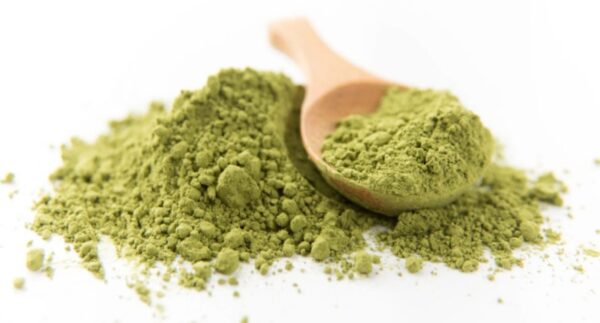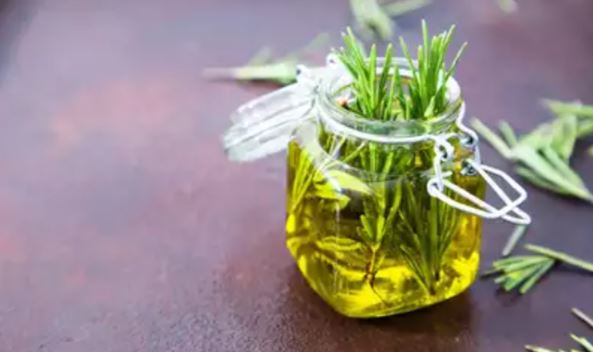Lifestyle
Here’s the correct way to apply oil for maximum hair growth

Hair oiling has been a part of Indian beauty rituals for centuries, passed down from generation to generation as the ultimate secret to strong, shiny, and healthy hair.
But simply pouring oil onto your scalp isn’t enough. To truly unlock the benefits of hair oiling and boost hair growth, there’s a method to the magic.
Whether you’re using coconut, mustard, amla, rosemary, or almond oil, how you apply it can make all the difference.
Here’s a step-by-step guide to applying hair oil the right way for maximum hair growth, along with essential tips that can transform your haircare routine.
1. Start with the right oil for your hair type
Not all hair oils are created equal, and choosing the right one makes all the difference when it comes to hair growth. Your choice of oil should be based on your hair texture, scalp condition, and specific needs. For instance, coconut oil is ideal for dry, damaged hair and works well for deep conditioning. Castor oil is rich in ricinoleic acid and is often praised for promoting faster hair growth and thickening thinning strands. Almond oil is rich in Vitamin E and is perfect for taming frizz and adding a natural shine.
Meanwhile, rosemary oil, when diluted with a carrier oil, has shown promising results in stimulating hair follicles and encouraging new growth. You can even mix a few oils together to create a custom blend that suits your needs.
Before application, ensure the oil is pure and free from harmful additives like mineral oil or parabens. Cold-pressed oils retain more nutrients and are generally more effective for nourishing your scalp and hair.
2. Warm the oil and section your hair
Warming the oil slightly before application helps open up the cuticles and enhances absorption. Heat about 2–3 tablespoons of oil until it’s lukewarm – be careful not to overheat it as you don’t want to burn your scalp. Using your fingers or a dropper, start applying the oil to your scalp in sections. Part your hair into small sections to make sure every part of your scalp receives equal attention.
This step is often overlooked, but applying oil randomly on your hair can lead to patchy results. Sectioning also makes the process more organised and ensures that the scalp is well covered, which is crucial for stimulating the hair roots and improving overall hair health.
3. Massaging the scalp
Massaging is the game-changing step in your oiling routine. A proper scalp massage can significantly boost circulation to the hair follicles, which in turn can enhance nutrient delivery and promote hair growth. Use your fingertips, not your nails and massage in gentle, circular motions for at least 10–15 minutes. Pay attention to areas like the crown and temples, where hair loss may be more prominent.
Massaging also helps relax the muscles and can reduce stress – a known contributor to hair fall. For an extra boost, consider flipping your head upside down while massaging (a method known as the inversion technique), which some claim increases blood flow to the scalp and speeds up growth
4. Don’t skip the length and ends
While the scalp is the focus for hair growth, don’t forget to apply oil to the length and ends of your hair. These areas are more prone to dryness, breakage, and split ends. Gently distribute the oil down the shaft of your hair using your palms or a wide-toothed comb to avoid tangling. Focus particularly on the ends, as they’re the oldest and most damaged parts.
After oiling, tie your hair in a loose braid or bun and wrap it in a warm towel or cover with a shower cap. This traps heat and allows the oil to penetrate deeper. Let it sit for at least 1 hour or, for best results, overnight. However, avoid leaving oil on your scalp for more than 24 hours as it can attract dust and clog pores, leading to scalp issues.
5. Rinse gently and stay consistent
Washing off oil can be tricky, but using a harsh shampoo defeats the purpose. Use a mild, sulphate-free shampoo and lukewarm water to rinse thoroughly. You may need to lather twice if you’ve applied a thick oil like castor oil. Avoid hot water as it can strip your hair of natural oils.
It’s important to find a balance in your oiling routine. Over-oiling or oiling too frequently can weigh hair down and cause product buildup, while too little oil may not offer noticeable benefits. For most hair types, oiling once or twice a week is ideal. Follow up with a gentle conditioner or leave-in serum to seal in moisture and you’re all set.
Over time, a disciplined hair oiling routine can significantly improve the texture, strength, and growth rate of your hair. Like any good habit, consistency is key – so make oiling a regular part of your hair care ritual and let the results speak for themselves.










